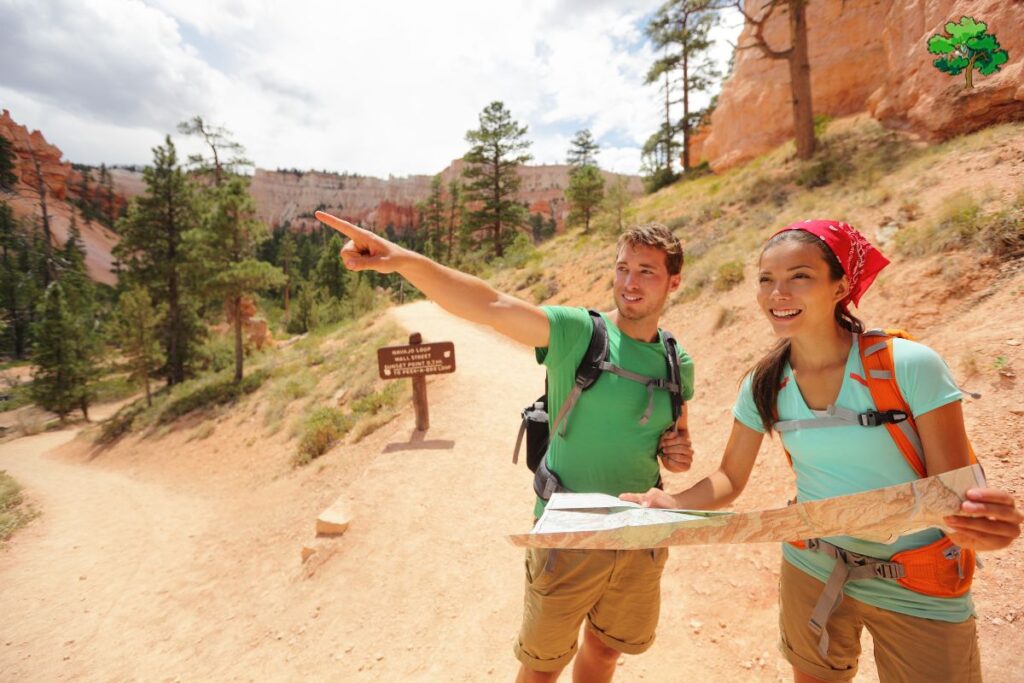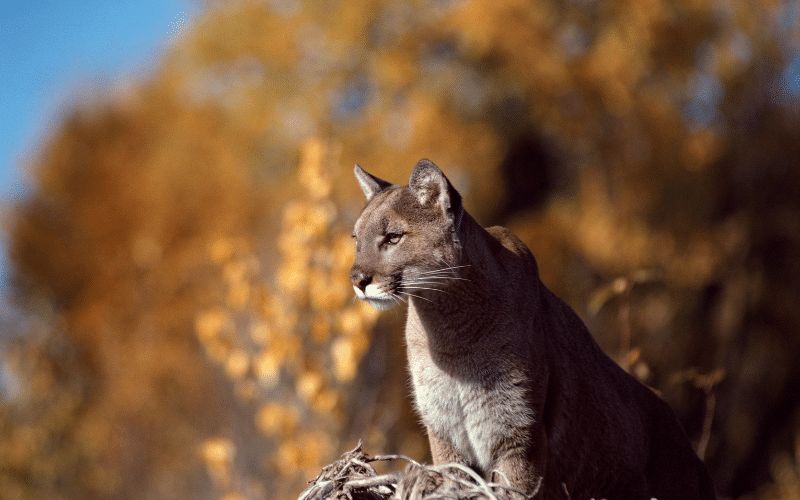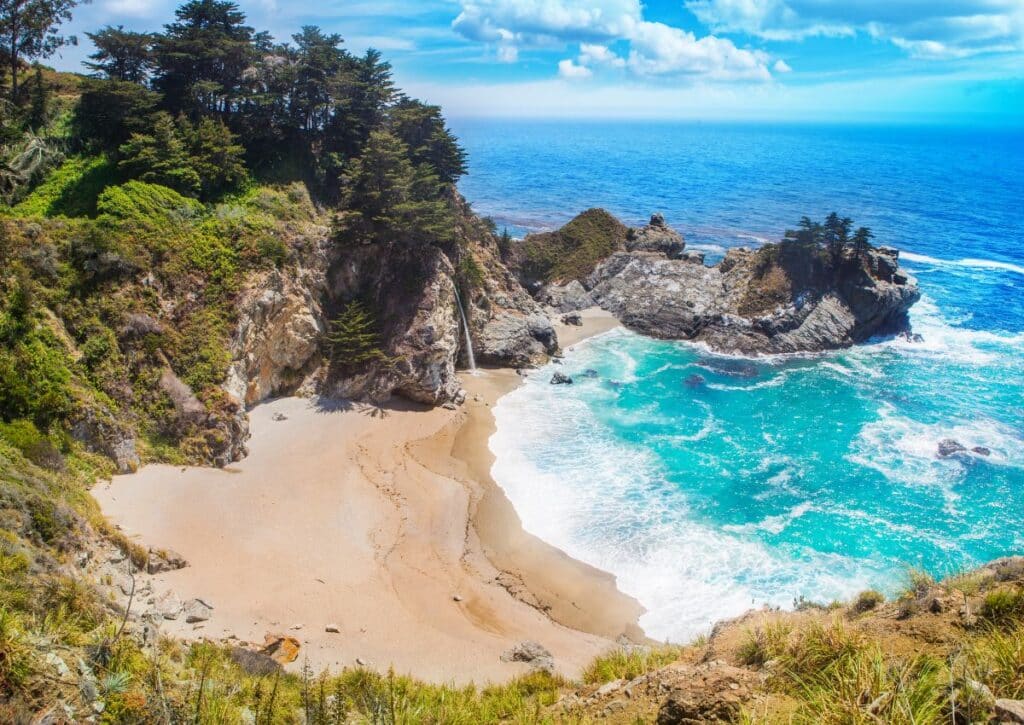Explore top 10 National Parks to see bears post-hibernation. An adventure guide for wildlife enthusiasts!
Get set for a wilderness adventure in America’s national parks where the star attraction is none other than the bear! This spring, join us on a journey through ten of the best parks to catch a glimpse of these majestic animals shaking off their winter slumber.
From Acadia’s rugged coastlines to Yellowstone’s iconic geysers and the towering peaks of Glacier National Park, we’re covering all the hotspots where you can witness bears in their natural habitat.
Think of wandering through misty forests, eyes peeled for that telltale rustle that signals a bear’s presence.
Whether you’re an experienced wildlife watcher or a curious newbie, there’s a park on this list for you. We’re not just talking about any bears; we’re talking about the moment they step out into the spring, ready to explore—and you can be there to see it.
So grab your binoculars and a sense of adventure, and let’s find out where these bears have been hiding all winter. It’s not just about the bears; it’s about the thrill of exploration and the memories you’ll make along the way.
Ready to embark on a bear-watching expedition? Let’s go!
The Klamath-Siskiyou mountain range in Southern Oregon
Oregon’s Klamath-Siskiyou mountain range is one of the best places in the country to see black bears emerging from hibernation in early spring. The region’s dense forests and large tracts of wilderness provide the perfect habitats for these powerful animals, and visitors can often spot them foraging for food or patrolling their territories.
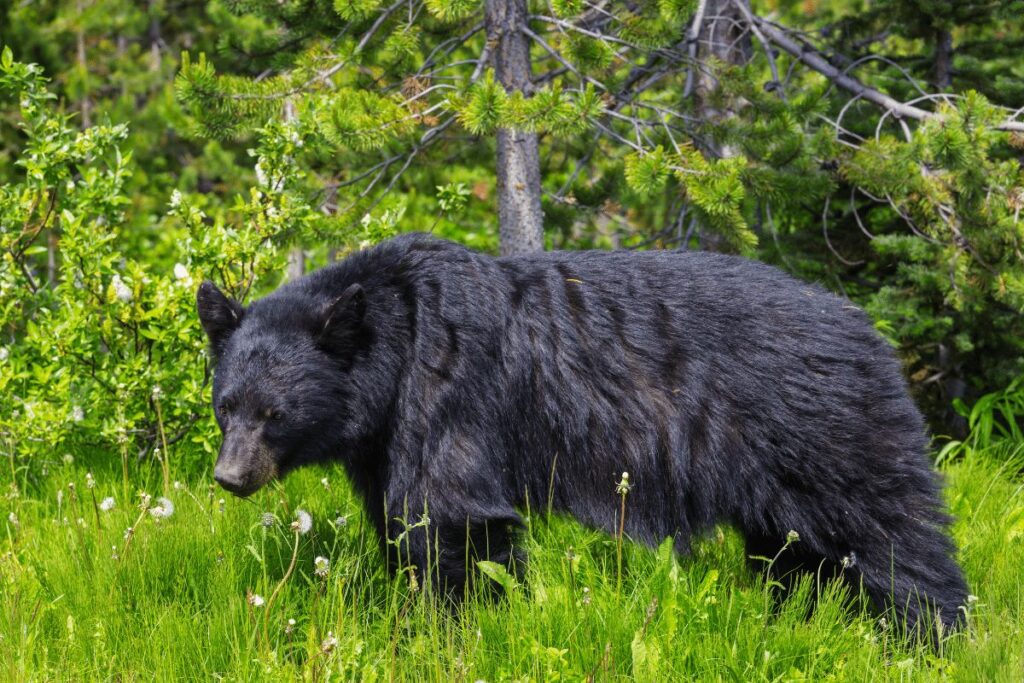
In March, black bears begin to awaken from their winter slumber, and they’re Hungry! They will travel long distances for food sources like carrion, berries, nuts, and insects. These ubiquitous animals are most commonly seen in the Park during the day as they move about looking for something to eat.
During this time of year, it’s important to be bear aware when visiting Oregon’s wilderness areas. Make sure you make noise when hiking so as not to startle a bear, and keep your distance if you do encounter one. Never feed or approach a wild bear, as they are dangerous animals that should be respected.
By following these simple guidelines, you can have a safe and enjoyable experience observing Oregon’s black bears in their natural habitat.
The Los Padres National Forest in California
In the spring, male black bears in California’s Los Padres National Forest begin to emerge from hibernation. While the females and cubs remain in their dens, the males head out in search of food. This is an incredible time to see these majestic animals up close!
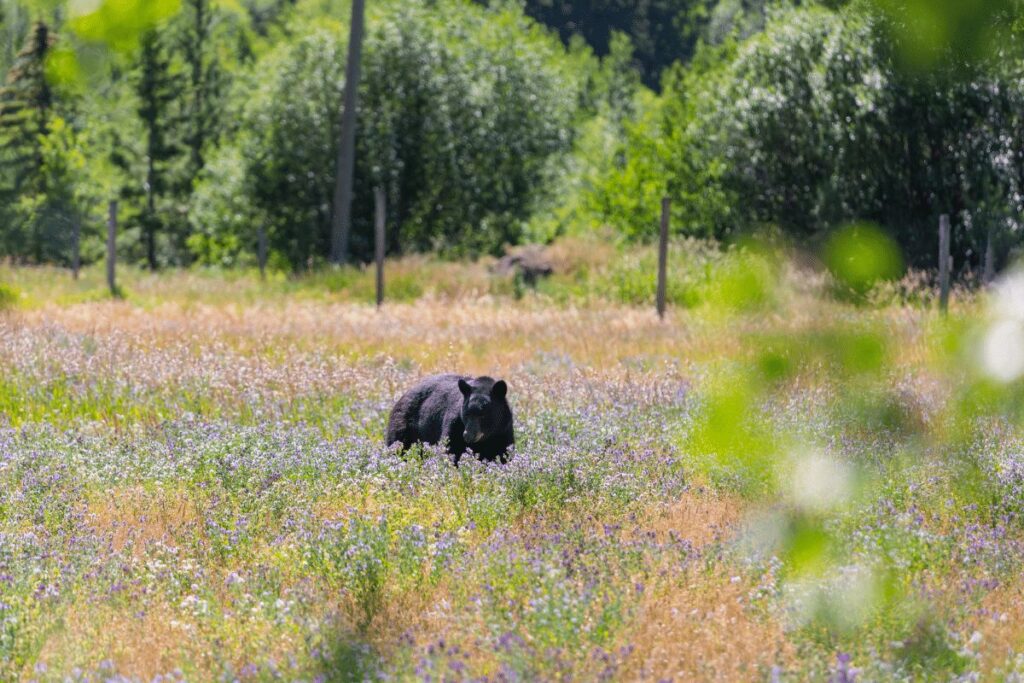
Black bears are omnivores, so their diet consists of a variety of foods including berries, nuts, insects, and small mammals. In the springtime, they are particularly fond of munching on new growth vegetation.
One of the best ways to see black bears in the wild is to go on a hike! Keep your eyes peeled for signs of bear activity such as tracks and scat. If you’re lucky enough to spot a bear while hiking, be sure to give it plenty of space and never approach it.
Whether you’re an experienced hiker or a nature lover just getting started, a visit to the Los Padres National Forest in March is sure to be an unforgettable experience.
Happy trails!
Yellowstone National Park in Wyoming
In March, Yellowstone National Park in Wyoming is an incredible place to see male black bears emerge from hibernation. The park is home to the largest concentration of black bears in the lower 48 states, and visitors can often see them foraging for food or chasing each other around.
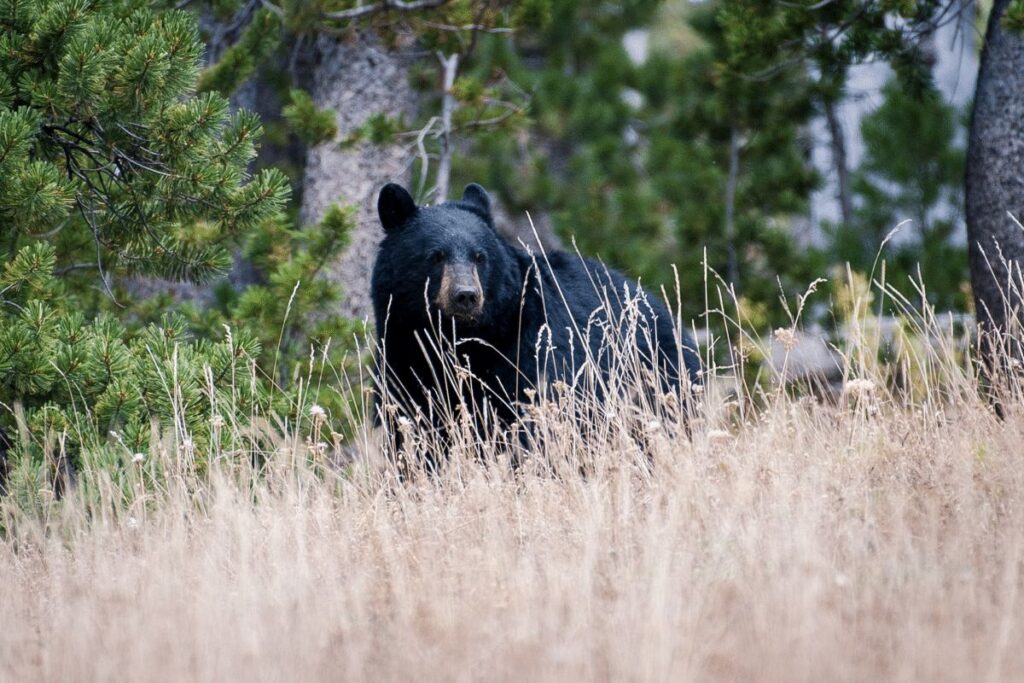
Bears typically emerge from hibernation in early to mid-March, and the best time to see them is during the day. The bears are most active in the morning and evening, so those are the times when you’re most likely to see them.
If you’re lucky enough to see a bear in Yellowstone, be sure to stay at least 100 yards away and don’t approach them. Black bears are wild animals and can be dangerous if they feel threatened.
Male black bears emerge from hibernation in early to mid-March, and Yellowstone National Park is one of the best places to see them. As the bears begin to stir, they can be seen searching for food and mate.
Read More: 30 (And More) Best Things To Do In Yellowstone National Park (All Inclusive Guides Trips!)
Yellowstone National Park is home to a large population of black bears, and visitors have a good chance of seeing them during the spring months. The best time to see them is early morning or late evening, when they are most active.
Visitors should remember that black bears are wild animals and should not be approached. If you see a bear, enjoy it from a safe distance and do not attempt to feed or touch it.
Glacier National Park in Montana
If you love seeing wildlife in their natural habitat, Glacier National Park is the place to be in March. Every year, male black bears emerge from hibernation and can often be seen roaming around the park in search of food. This is an incredible sight to see and a great opportunity to take some amazing photographs.
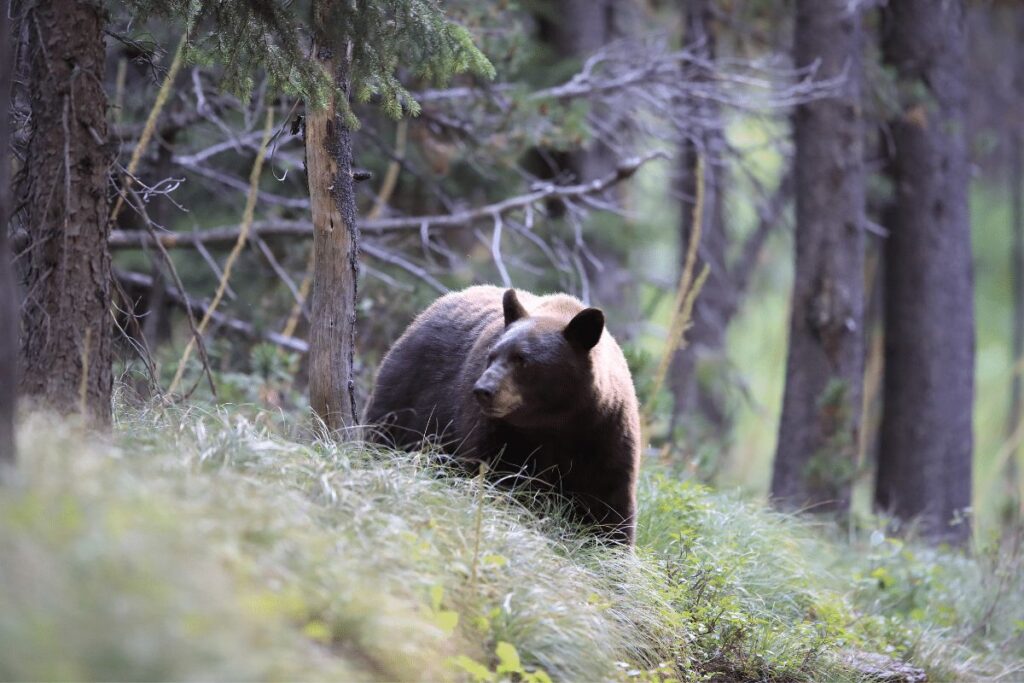
Other animals you can expect to see in the park include moose, bighorn sheep, mountain goats, elk, grizzly bears, and even some wolves.
Between March and May is also a great time to explore some of Glacier National Park’s over 700 miles of trails. You’ll find plenty of beautiful views of snow-capped mountain peaks and glacier-fed lakes that will take your breath away. Winter days in the park tend to be short so it’s best to get an early start before heading out on one of the hikes offered.
As long as you dress appropriately for the cold weather, you should have no problem having a wonderful visit!
Shenandoah National Park in Virginia
Shenandoah National Park is home to a large population of black bears, and visitors can often see them along the roadsides and in the forests.
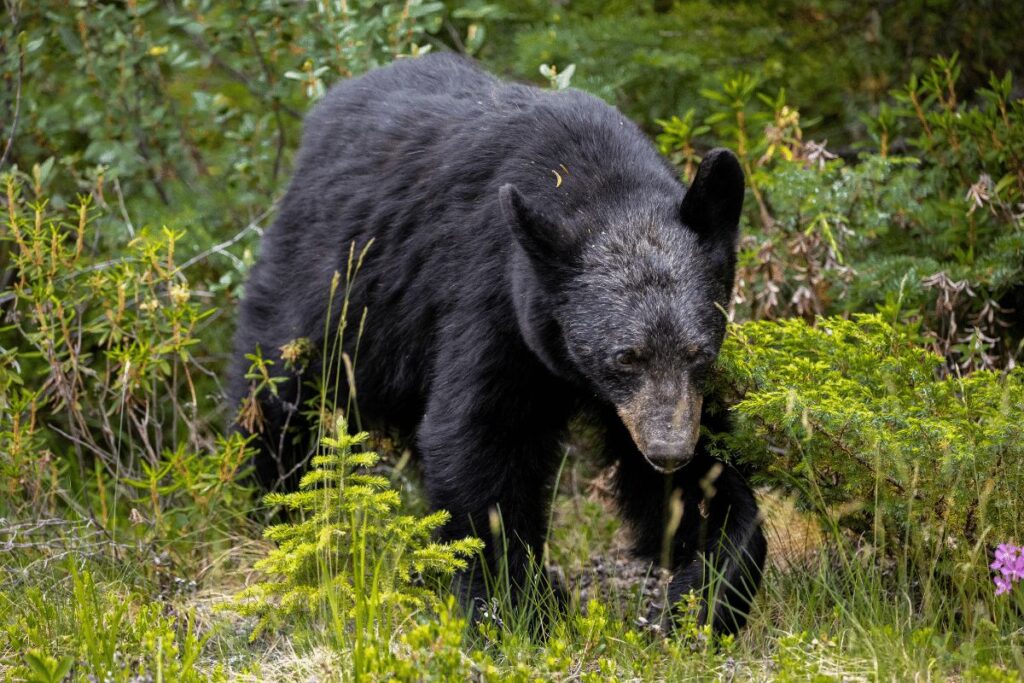
In March, the black bears begin to stir from their winter slumber and can be seen actively foraging for food. This is an exciting time to see them as they are very active and playful. Visitors should be sure to keep their distance, as black bears can be dangerous when startled or feeling threatened.
Shenandoah National Park also offers outdoor activities such as camping, hiking, and fishing during the warmer months. The park also has a variety of educational programs and special events that take place throughout the year.
Great Smoky Mountains National Park, North Carolina
In the Great Smoky Mountains National Park, North Carolina, male black bears emerge from hibernation in groups in early March. During this time, the bears are seeking mates and their behavior can be quite aggressive.
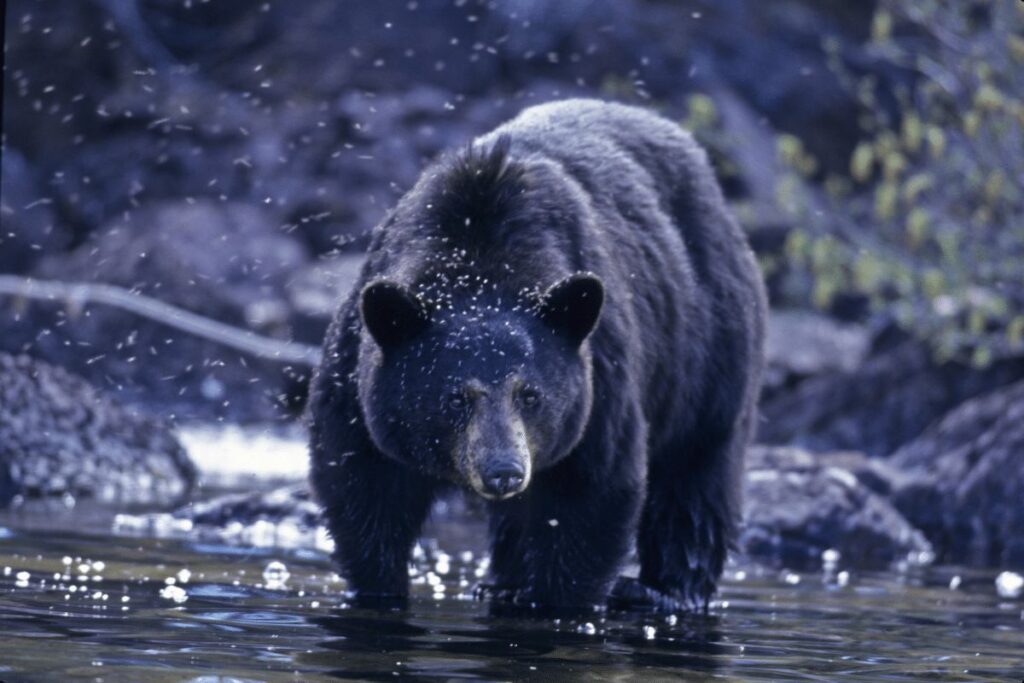
Hikers and campers should take care to avoid areas where bears are known to frequent and should never approach a bear. If you see a black bear in the park, enjoy it from a distance!
It is also important to note that the park has implemented various rules and regulations to help reduce the human-bear interaction. For example, camping, fishing, and hiking are only allowed in designated areas, and if you plan on taking a hike, you should always make sure to pack out all of your trash.
Additionally, the park requires campers and hikers to remain at least 50 yards away from bears at all times.
Also Read: 8 Places We Love in the Smoky Mountains
With approximately 1,500 bears in the park, the population density is roughly two bears per square mile! Therefore, it is important to play your part in protecting these precious animals and their habitat by following the park’s safety regulations and keeping food out of reach from attractions.
Cuyahoga Valley National Park, Ohio
In Ohio’s Cuyahoga Valley National Park, bears spend the winter months in dens, usually hollowed-out trees, and can be found in various locations throughout the park.
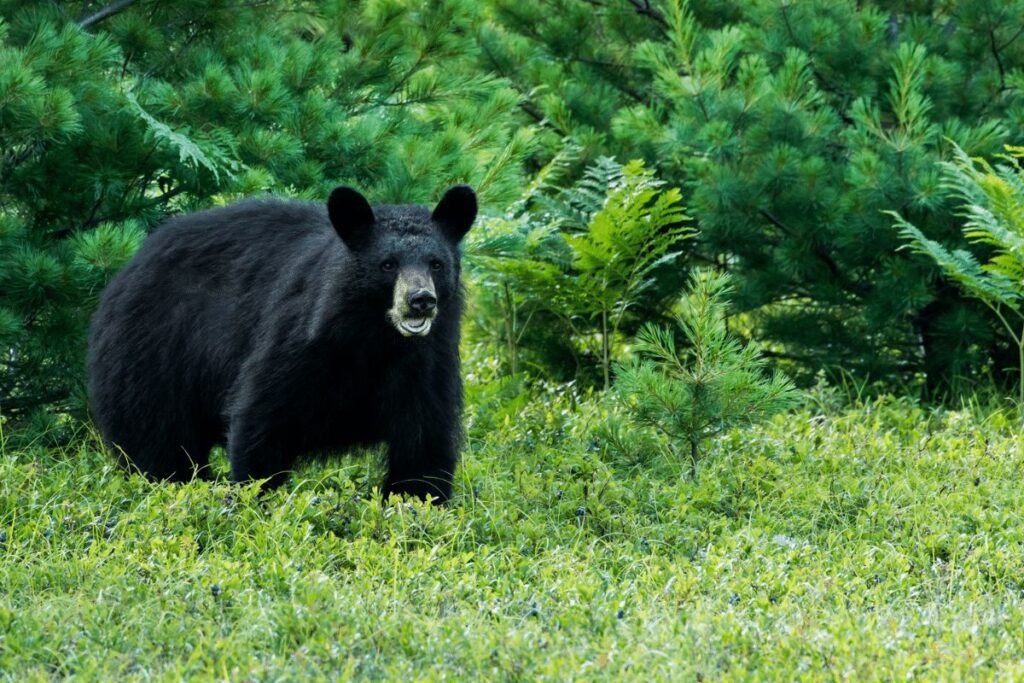
During the spring and summer months, the bears will forage for food and build up their energy reserves in preparation for the next winter. They are most active in the early morning and late evening hours, so those are the best times to catch a glimpse of them.
A Visual Story: 12 Wildlife Sightings We Had in Cuyahoga Valley National Park, OH
If you’re lucky enough to see a black bear while visiting Cuyahoga Valley National Park, don’t approach it or try to feed it. These animals are wild and can be dangerous if they feel threatened. Enjoy watching them from a distance and snap some photos to share with your friends and family back home!
Have fun exploring the park and keep an eye out for black bears, but be respectful of their space. With a little patience and luck, you just might get to observe these majestic creatures in their natural habitat.
Rocky Mountain National Park, Colorado
Black bears in the Rocky mountain national park can be found in the montane, subalpine, and alpine ecosystems located throughout the park. The best areas for bear viewing are around dense thickets of willow, alder, and other shrubs, along with grassy meadows near streams.
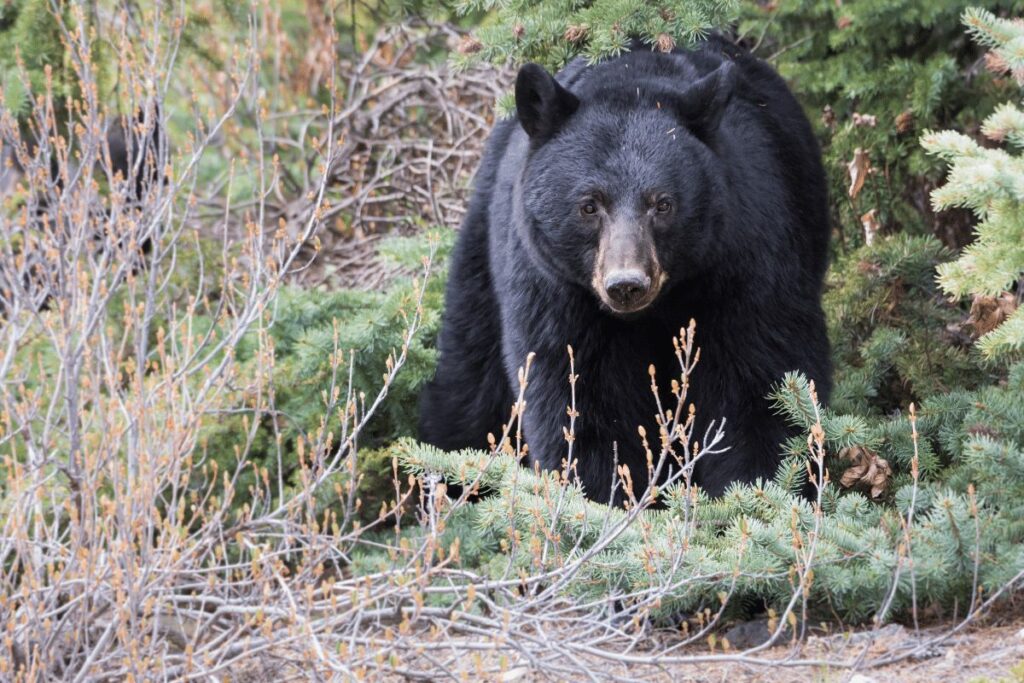
The best times to view bears are early morning or late evening when they are most active.
Park visitors should take precautions when encountering any wildlife including bears. Keep food and scented items stowed away securely and properly dispose of all food waste.
Park staff recommends keeping a minimum distance of 100 yards from bears at all times as well as making noise by talking or clapping to avoid startling them.
The park is home to a variety of other animals as well, including elk, bighorn sheep, deer, and cougars. There’s also an abundance of bird species, making it a paradise for birdwatchers.
Also Read: 7 Lakes You Can Hike To In Rocky Mountain National Park (You Can Camp There Too)
And with views of the Rockies that will take your breath away, it’s no wonder Rocky Mountain National Park is one of the most popular parks in the country.
Visitors can hike any of the park’s 300 miles of trails, take a scenic drive along Trail Ridge Road, or explore the alpine lakes and streams. There are also several educational programs offered throughout the year for visitors of all ages.
Whether you’re looking for adventure or just want to relax and enjoy nature, Rocky Mountain National Park is the place to go.
Beaverhead-Deerlodge National Forest in Montana
The Beaverhead-Deerlodge National Forest in Montana covers over 3 million acres and is home to a large population of black bears. March is the perfect time to see the bears as they begin to emerge from their winter dens and search for food.
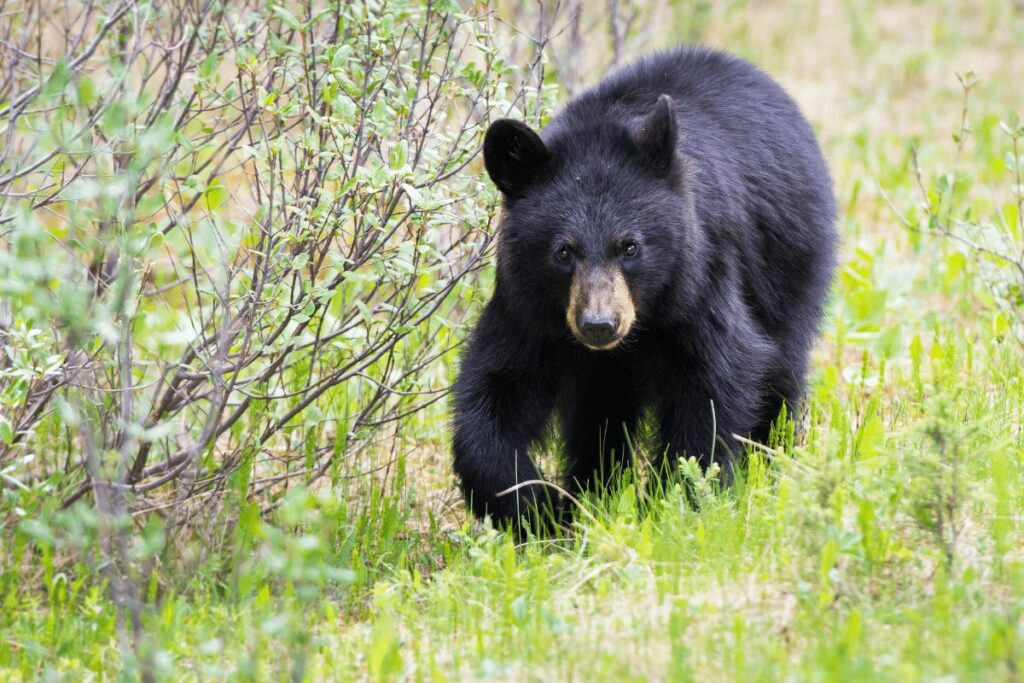
If you want to see black bears in the wild, there are a few things you should keep in mind. Bears are wild animals and can be dangerous. It is important to give them space and not approach them. Also, be sure to make plenty of noise when hiking so that you don’t startle them.
The best place to view black bears in the Beaverhead-Deerlodge National Forest is from a distance. There are several lookout points throughout the forest where you can get a good view of the bears without disturbing them. So grab your binoculars and head out on an adventure!
Also Read: 11 Animals We Saw While Hiking In The Flathead Forest, Montana
Denali National Park & Preserve, Alaska
Males are the first to leave their dens in early to mid-March and can be seen playing, wrestling, and chasing each other around the tundra.
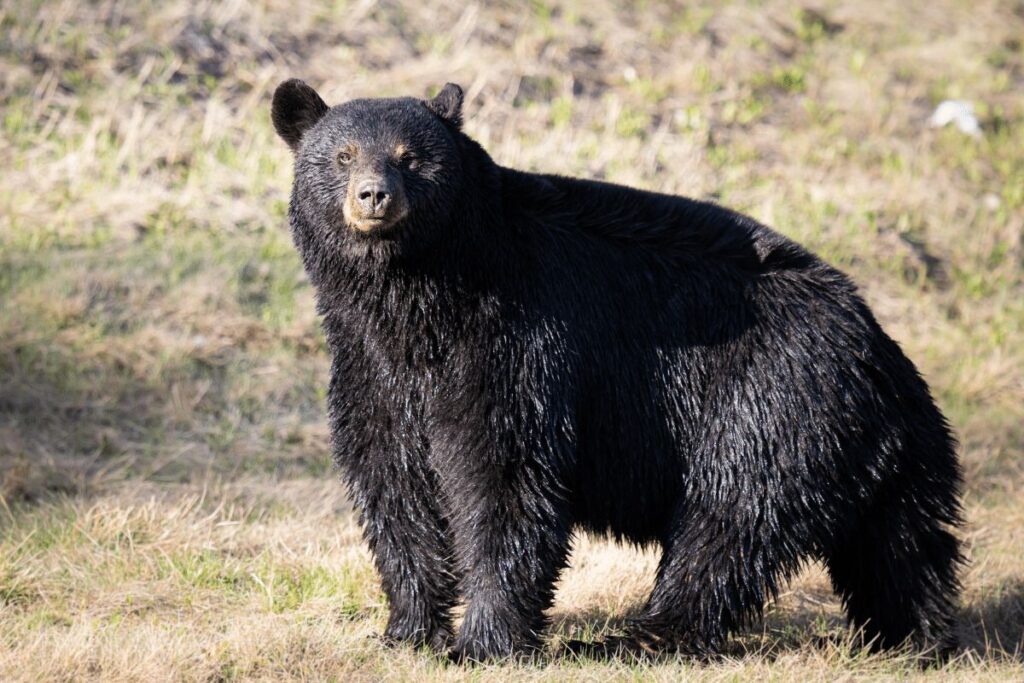
It’s easy to see why Denali National Park & Preserve is one of the best places in the world to watch black bears emerge from hibernation.
The park’s 6 million acres of unspoiled wilderness is home to a healthy population of bears, and its vast landscapes offer plenty of opportunities for sightings.
In addition to being one of the best places to see black bears in their natural habitat, Denali is also an excellent spot for wildlife watching in general.
Also Read: Alaska In The Winter: 13 Animals You Will See
The park is home to wolves, caribou, Dall sheep, moose, and bald eagles, among other animals.
Tips for observing awakening male black bears
Although male black bears typically emerge from hibernation a few weeks before females and cubs, all bears can be active at any time during the spring. Here are a few tips for seeing male black bears as they come out of hibernation in March:
– Plan your visit around the right time of year. Male black bears typically emerge from hibernation in early to mid-March, so plan your visit accordingly.
– Look for signs of bear activity. Keep an eye out for telltale signs of bear activity, such as tracks, scat, or torn-up logs and roots where bears have been digging for grubs and other food.
– Make noise to avoid surprising a bear. Bears are generally shy animals and will usually avoid humans if they know you’re coming. Make plenty of noise while hiking through bear country, especially if you’re off the beaten path.
– Give bears room to move. If you do see a bear, give it plenty of space and don’t try to approach it. Most importantly, never feed or attempt to pet a wild bear!
– Respect the bear’s territory. Finally, be sure to respect the bear’s natural habitat and stick to designated trails or pathways at all times.
Conclusion
Visiting any of these 10 amazing national parks in March when the male black bears come out of hibernation is a remarkable experience that every nature lover should have. From Yellowstone to the mountains in Oregon, there’s plenty of opportunity to get up close with this incredible species and observe how they interact with their environment.
Keep your eyes open—there may be more lurking than you think! It’s an experience that won’t soon be forgotten, so plan ahead and explore one (or several) of these beautiful natural locations while you still can.


